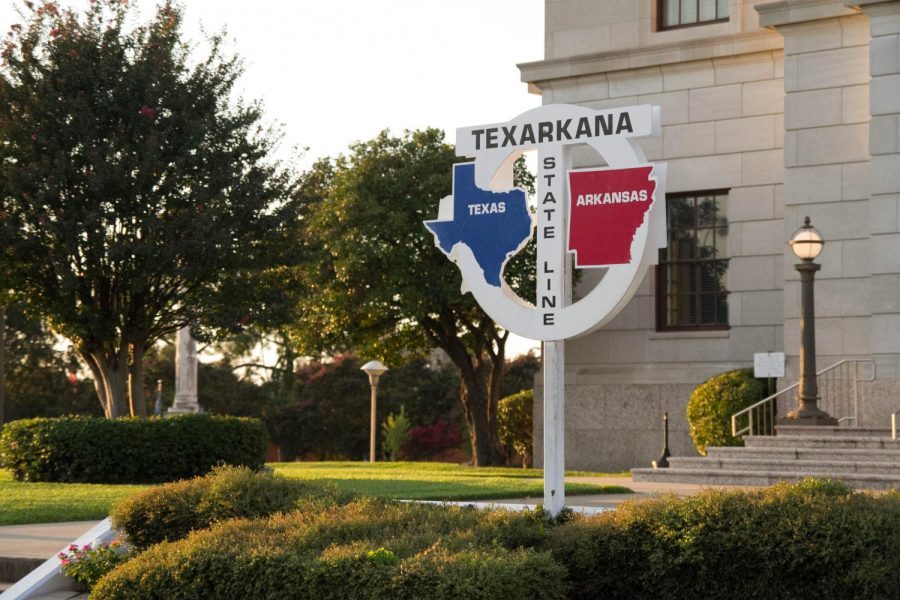Did Doodie do it?
September 13, 2017
Seventy-one years ago, the town of Texarkana was put on the map with a series of tragedies spanning about 12 weeks. Citizens locked their doors and loaded their guns in response to the horrific events. His many attacks affected young and old, and the whole area was tense. The scariest part? The killer was never found.
From February 22 to May 3, 1946, the “Phantom Killer” gripped the small city with fear. Five people were killed and three were injured in the timeline that inspired two movies and numerous books. Dr. John Tennison, a general and forensic psychiatrist from San Antonio, Texas, discussed how the murders relate to him.
“My first cousin, once removed, Henry Booker Tennison… often referred to as ‘Doodie’ … had claimed to be the killer and committed suicide,” Tennison said. “Though he had never been ruled out [as a suspect]… [The public] decided he was not the ‘Phantom Killer.’”
Though Tennison never stated that he thinks Doodie is the Phantom, he does believe that Doodie is most likely to be the killer when compared to the other primary suspect, Youell Swinney.
“Doodie would’ve been 16-years-old when he had done what he said he did [in his suicide note],” Tennison said. “There are such things as teenage serial killers… There’s nothing in the [killer’s] psychology… that [goes against it being] a teenager.”
Swinney’s wife confessed that he was the murderer and later retracted her claims, whereas Doodie confessed in his suicide note.
“Why did I take my own life? Well, when you [have] committed two double murders you would too,” Doodie wrote. “Yes, I did kill Betty Jo Booker and Paul Martin in the city park that night, and killed Mr. Starks and tried to get Mrs.Starks.”
Doodie, in his note, called four of the five victims by name and mentioned a “double murder,” eluding that he killed the other two as well. In another note, Doodie writes about being a burden to his family and a bit of a social outcast, which is a probable reason for attacking the most common type of people the Phantom did: older guys dating younger girls.
“If it was possible that the victims were [symbols] of someone the perpetrator felt had wronged them…then you could speculate that there’s something to that. For example, if the perpetrator had a father who had been distant or cruel or abusive in some way and this was a symbolic lashing out, an older male might more easily symbolize the father figure,” Tennison said. “In terms of Doodie, he had a father, [with whom] he had a very turbulent relationship with, to say the least, and he also had a sister that was a little older than him and it was not clear how he felt about her… There were people in his life that I could imagine being the surrogates of those victims.”
As far as knowing without a doubt who the murderer is, Tennison doesn’t say that Doodie definitely did it. However, if bets were being placed, Doodie is where Tennison would place his.
“I would not say I think he did it,” Tennison said. “What I would say is this: of the suspects whose names we know, it is unquestionably the case that the evidence for Doodie Tennison… is more compelling than the evidence for Youell Swinney. But maybe there’s a suspect we don’t know about who’s unnamed and the evidence for him is even more compelling.”





















